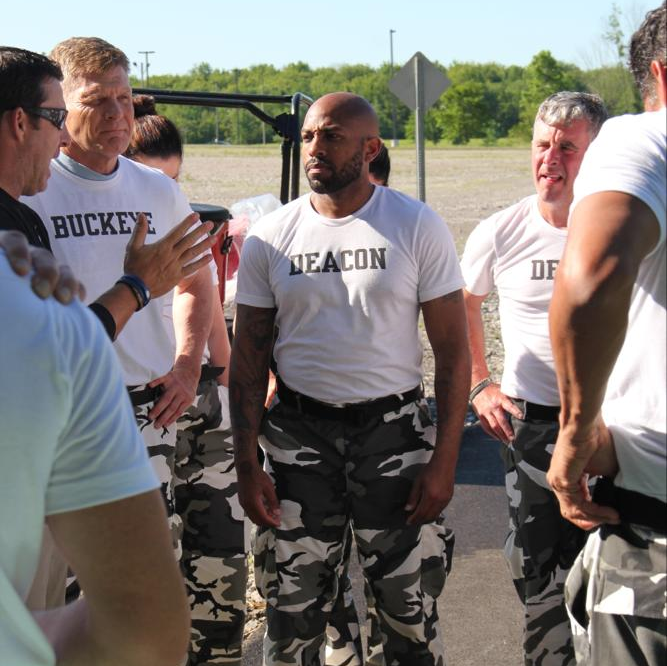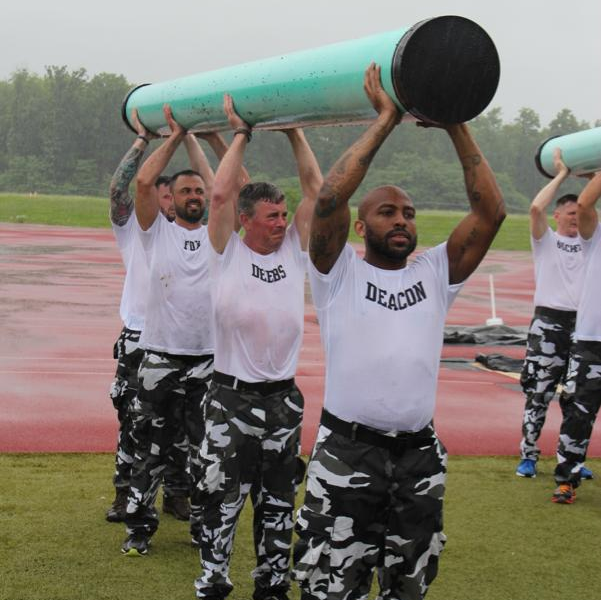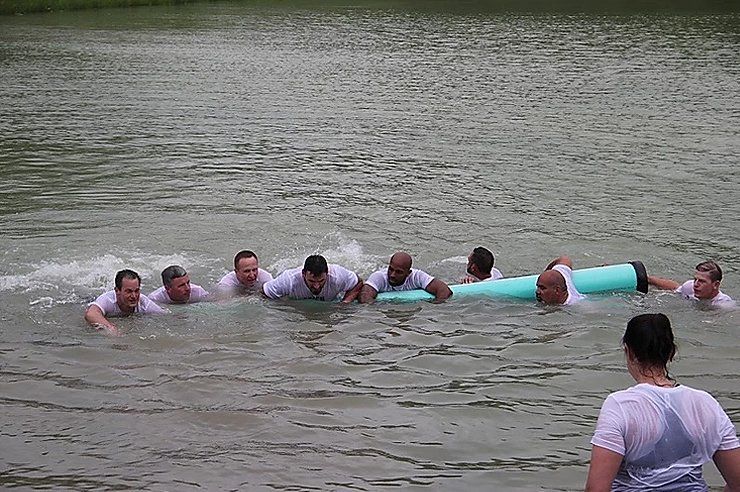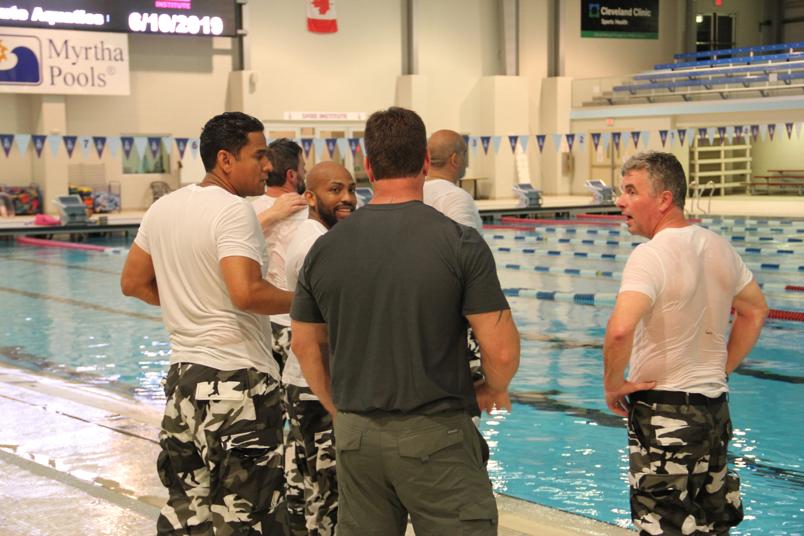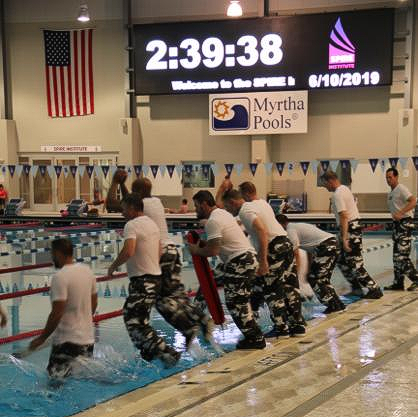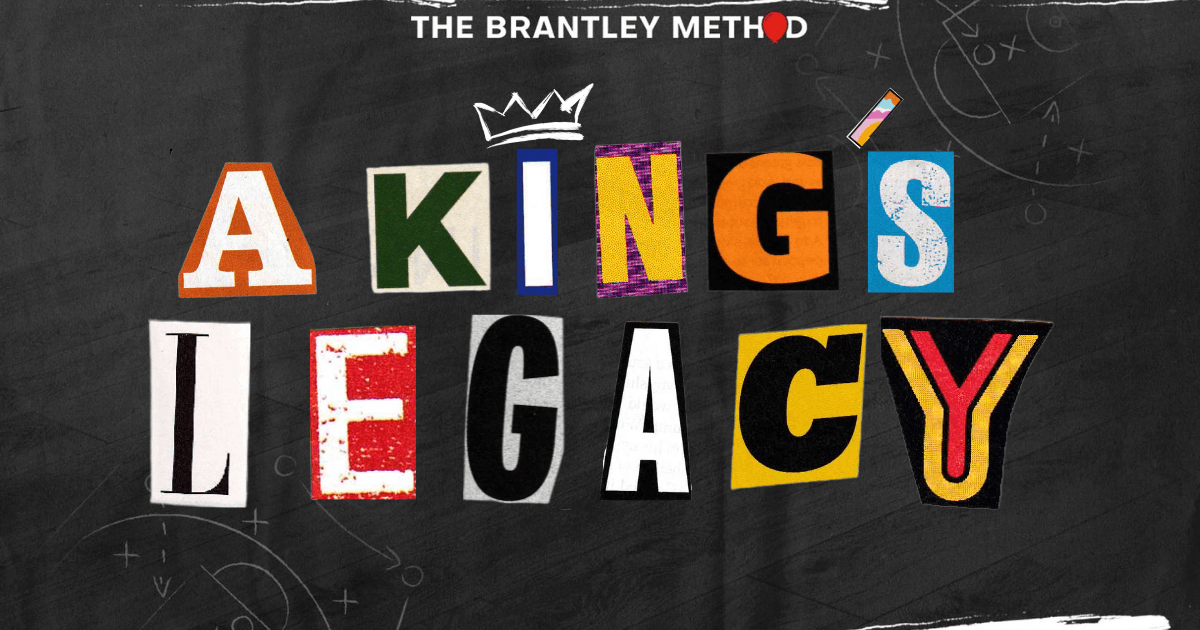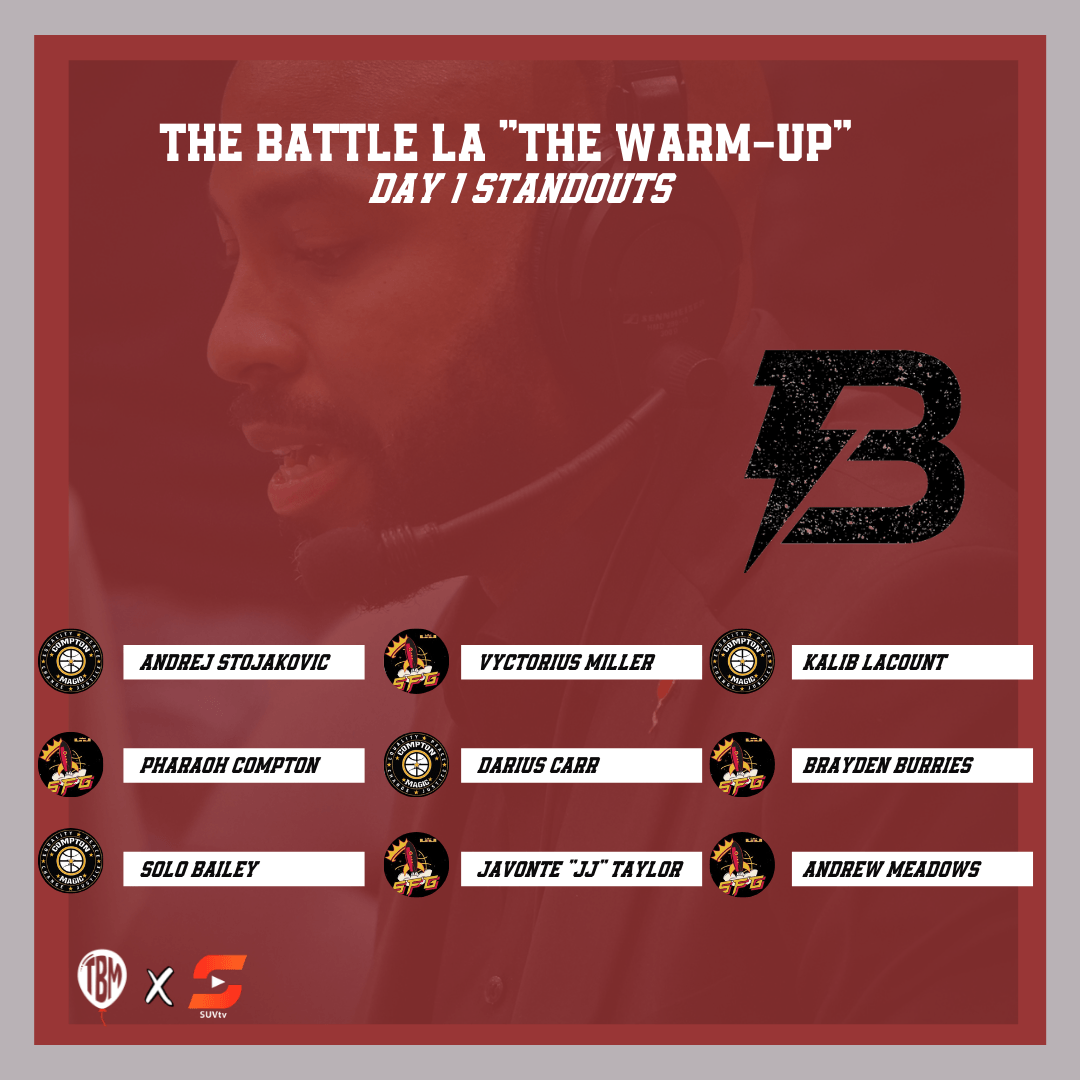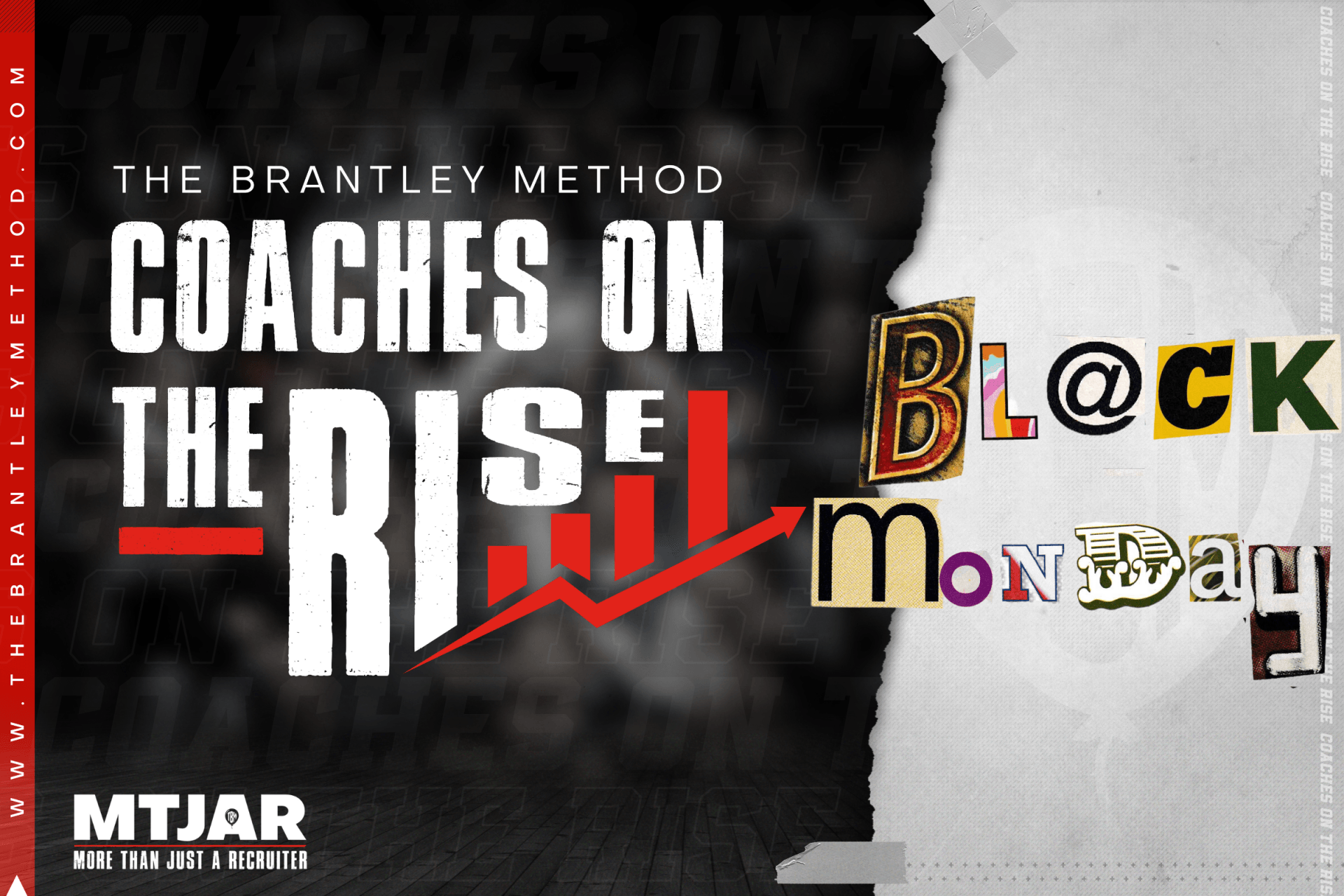Who’s Coaching Your Coach?
Justin W. Brantley • June 17, 2019
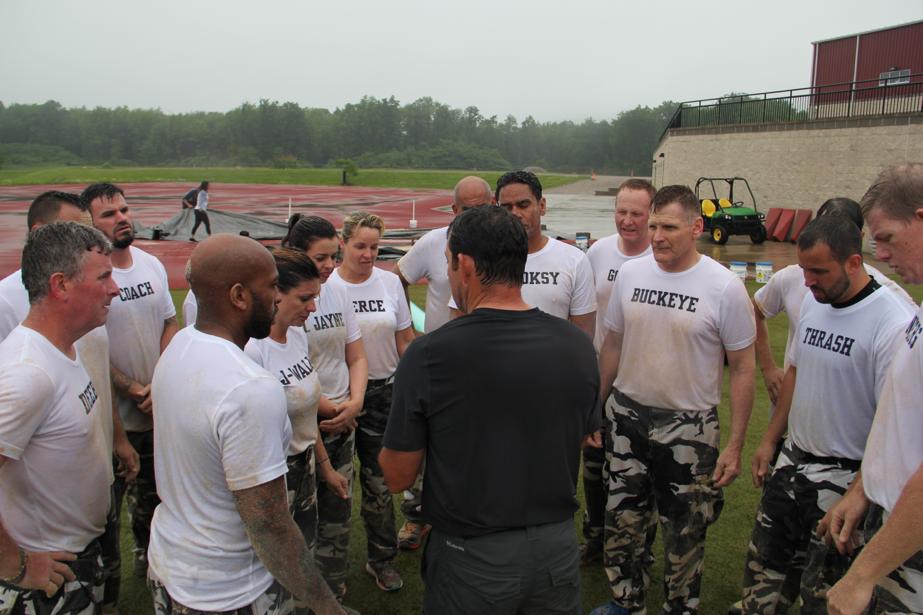
Last week, I had the opportunity to participate in the Seal Leadership Corporate Training Program (www.authenica.com/events/#seal-Leadership ) led by Commander Mark McGinnis, a decorated CEO & Retired US Navy Seal. Leading up to the program, I realized that I, like many others in leadership positions, have lacked in structured development. I realized that in my position and in my life I’ve gotten to the point where my only motivating factor is typically internal... The Seal Leadership Program was much needed for me and it was very interesting to be externally motivated and be in a position where rank, position, success, etc. means absolutely nothing. You have to rely on your physical ability, mental acuity and ability to work within a team in order to accomplish the tasks at hand. I walked in with an open mind and eager to learn more about myself, being a leader and pushing past my limitations (or perceived limitations). I walked out feeling fulfilled, inspired and encouraged after completing the most beneficial retreat/training program I’ve ever taken part in!
I’m not going to go in depth with what took place during the training program because I think it’s important that you go in with a blank canvas but what I will do is share with you the 5 lessons that stood out to me the most and how they relate to athletics and are important to coaches, administrators and leaders of a team.
I’m not going to go in depth with what took place during the training program because I think it’s important that you go in with a blank canvas but what I will do is share with you the 5 lessons that stood out to me the most and how they relate to athletics and are important to coaches, administrators and leaders of a team.
1) COMMANDER’S INTENT:
In my career as a leader; I’ve always created the plan, defined what those who worked for/with me needed to do and then expected results. While in some instances this has worked for me, during the program I learned why in those times of failure it didn’t work and how to change that. Commander’s Intent is sharing with your team the “Why” of the mission. The desired end result is clearly defined and then you allow your team to help develop the plan to accomplish the mission. Why is Commander’s Intent important to athletics? Your players need to be bought in! They need to feel ownership of the process. In scouting your opponent, you know what your team needs to accomplish in order for you to be victorious; allowing your team to be responsible for elements of the game-plan gives them a sense of ownership over the process and fosters a culture of leadership, critical thinking and all members of the team working together to accomplish the mission. It becomes “The Teams Game Plan!” vs. “Coach’s Game Plan!”
In my career as a leader; I’ve always created the plan, defined what those who worked for/with me needed to do and then expected results. While in some instances this has worked for me, during the program I learned why in those times of failure it didn’t work and how to change that. Commander’s Intent is sharing with your team the “Why” of the mission. The desired end result is clearly defined and then you allow your team to help develop the plan to accomplish the mission. Why is Commander’s Intent important to athletics? Your players need to be bought in! They need to feel ownership of the process. In scouting your opponent, you know what your team needs to accomplish in order for you to be victorious; allowing your team to be responsible for elements of the game-plan gives them a sense of ownership over the process and fosters a culture of leadership, critical thinking and all members of the team working together to accomplish the mission. It becomes “The Teams Game Plan!” vs. “Coach’s Game Plan!”
2) A LOAD SHARED IS A LOAD LESSENED! (2 is One and 1 is NONE!)
As a leader often times there will be a lot of weight on your shoulders. That weight can shift and be heavier or lightened depending on the strength of your team and how well you communicate. The duration and distance that you have to carry that weight won’t always be predetermined and there will be times that you think you’ve reached the finish line, only to find out you still have further to go! How do you respond? It takes a TEAM to be successful, and it’s vitally important that you work together at all times. You can only move as fast as the slowest member of your team and you can’t carry all of the weight alone and if you can you won’t be able to carry it very far. Empower leaders within your team! Coach, Teach and Develop their skills then get out of their way!
As a leader often times there will be a lot of weight on your shoulders. That weight can shift and be heavier or lightened depending on the strength of your team and how well you communicate. The duration and distance that you have to carry that weight won’t always be predetermined and there will be times that you think you’ve reached the finish line, only to find out you still have further to go! How do you respond? It takes a TEAM to be successful, and it’s vitally important that you work together at all times. You can only move as fast as the slowest member of your team and you can’t carry all of the weight alone and if you can you won’t be able to carry it very far. Empower leaders within your team! Coach, Teach and Develop their skills then get out of their way!
3) WHEN CONFLICT/PRESSURE IS APPLIED, TRUTH IS REVEALED!
If you want to find out how strong your team is, insert conflict and see how they respond. Adversity will find you/your team; it’s about what you do when it finds you. In order to win at the highest level your team must be equipped to embrace that conflict, come together and respond. How often as a coach did you have by far the better team on the floor athletically but once adversity struck they couldn’t find a way to get the win? It’s important for coaches to inject conflict in training in order to prepare them for when it occurs in game settings!
If you want to find out how strong your team is, insert conflict and see how they respond. Adversity will find you/your team; it’s about what you do when it finds you. In order to win at the highest level your team must be equipped to embrace that conflict, come together and respond. How often as a coach did you have by far the better team on the floor athletically but once adversity struck they couldn’t find a way to get the win? It’s important for coaches to inject conflict in training in order to prepare them for when it occurs in game settings!
4) THE MOST IMPORTANT LESSONS BEGIN WHEN THE MISSION ENDS! (DEBRIEFING)
One of the things that happens post competition is the “locker room talk!” But how beneficial is that conversation? What are you looking to get out of it? Having an immediate purposeful debrief directly after a clearly defined mission (whether successful or unsuccessful) is important for turning wins and losses into lessons that will be beneficial for growth and development of any team!
One of the things that happens post competition is the “locker room talk!” But how beneficial is that conversation? What are you looking to get out of it? Having an immediate purposeful debrief directly after a clearly defined mission (whether successful or unsuccessful) is important for turning wins and losses into lessons that will be beneficial for growth and development of any team!
5) AS A LEADER, YOU MUST OFTEN MAKE TIMELY DECISIONS WITH IMPERFECT INFORMATION!
You will never know EVERYTHING, and often you can’t sit back and wait on more/better information before making a decision. As a leader you must be able to make a decision, think and react to an ever changing environment. You also can’t make today’s decisions solely with yesterday’s information or experiences. (The landscape is forever changing & adapting) With clearly defined intent it’s easy to make adjustments as needed because your team is operating based on your “Why!” not your “How!”
I could go on forever with the lessons I learned last week. I HIGHLY recommend that all coaches, leaders and administrators look into the SEALS Leadership Training Program. It was a life-changer for me and I will begin implementing the lessons I’ve learned to better coach and develop my teams!
“Deacon”
SEAL Class 02
You will never know EVERYTHING, and often you can’t sit back and wait on more/better information before making a decision. As a leader you must be able to make a decision, think and react to an ever changing environment. You also can’t make today’s decisions solely with yesterday’s information or experiences. (The landscape is forever changing & adapting) With clearly defined intent it’s easy to make adjustments as needed because your team is operating based on your “Why!” not your “How!”
I could go on forever with the lessons I learned last week. I HIGHLY recommend that all coaches, leaders and administrators look into the SEALS Leadership Training Program. It was a life-changer for me and I will begin implementing the lessons I’ve learned to better coach and develop my teams!
“Deacon”
SEAL Class 02


